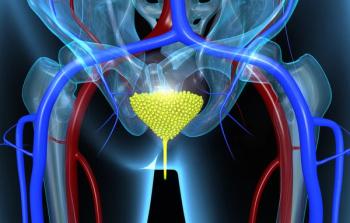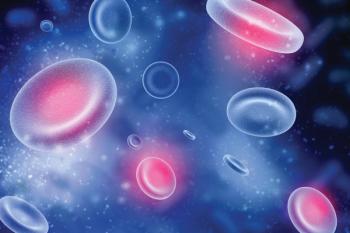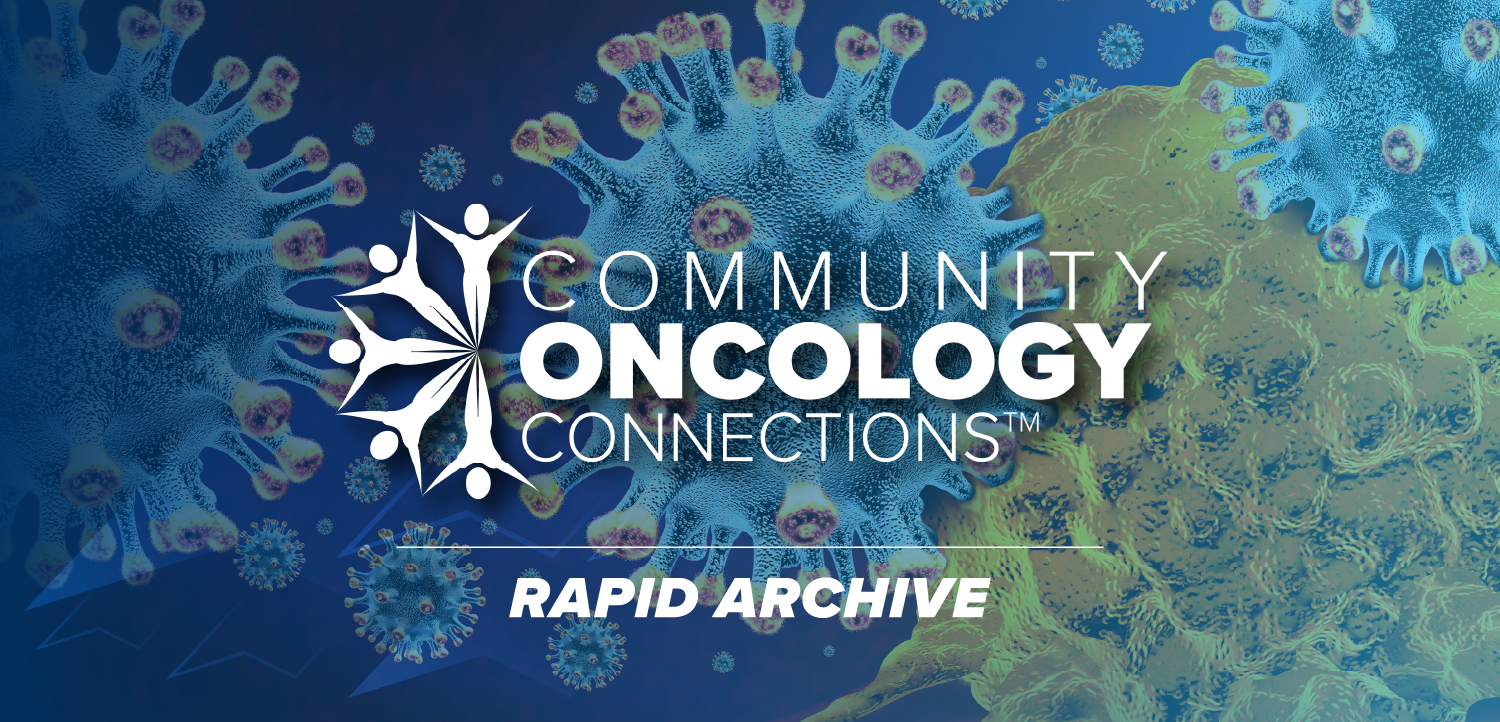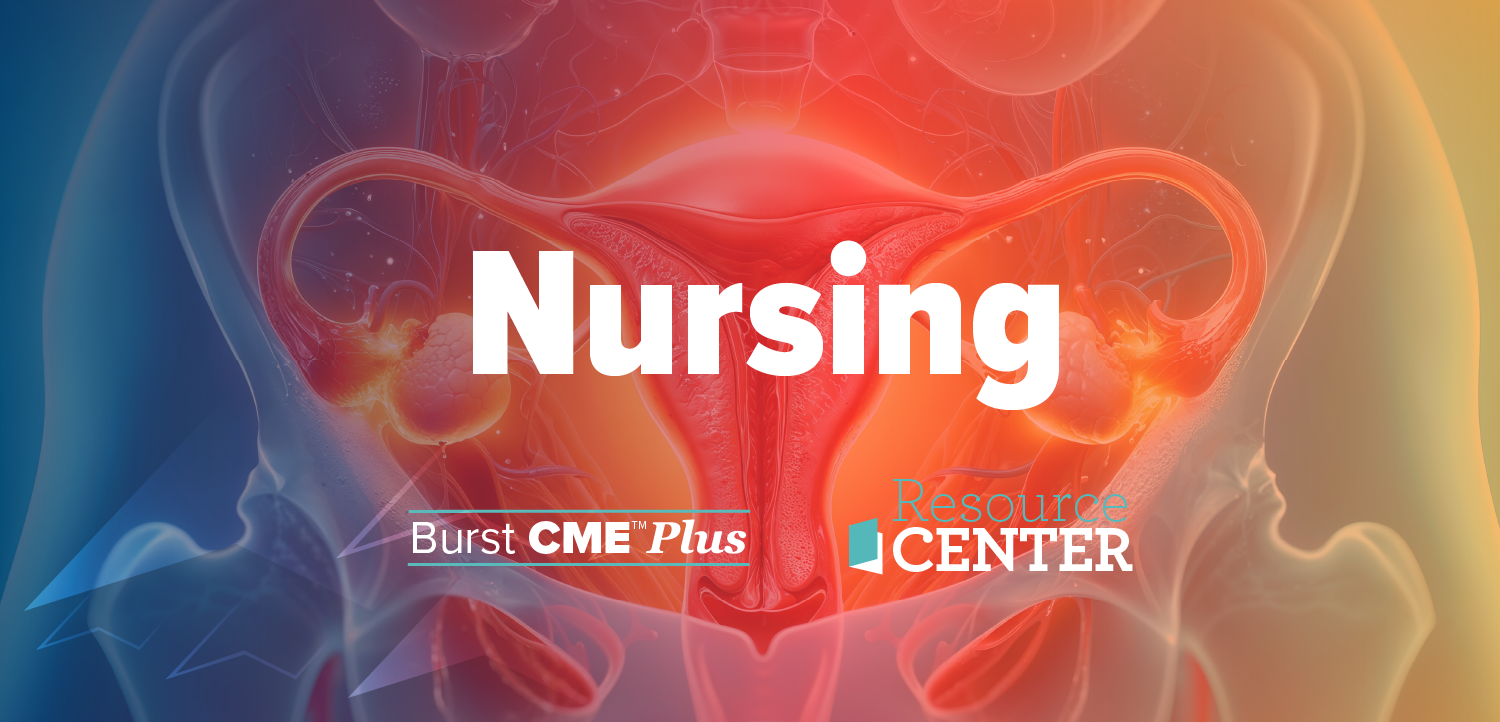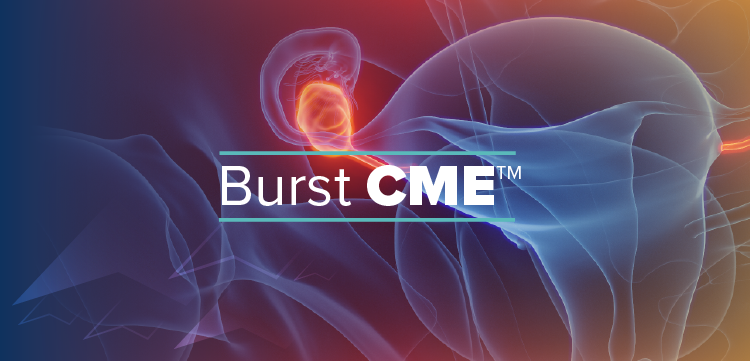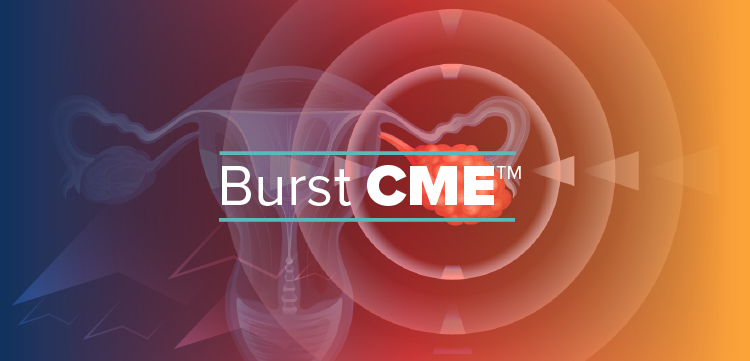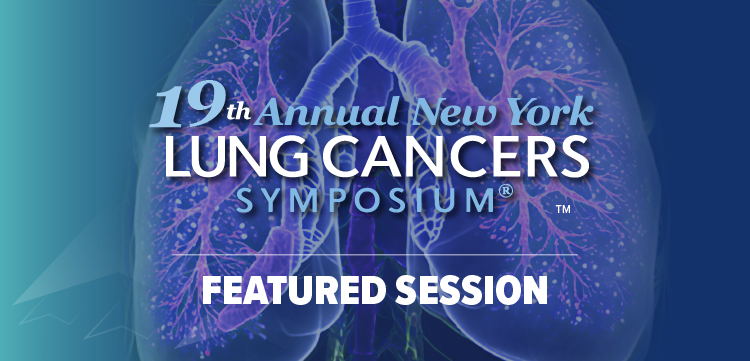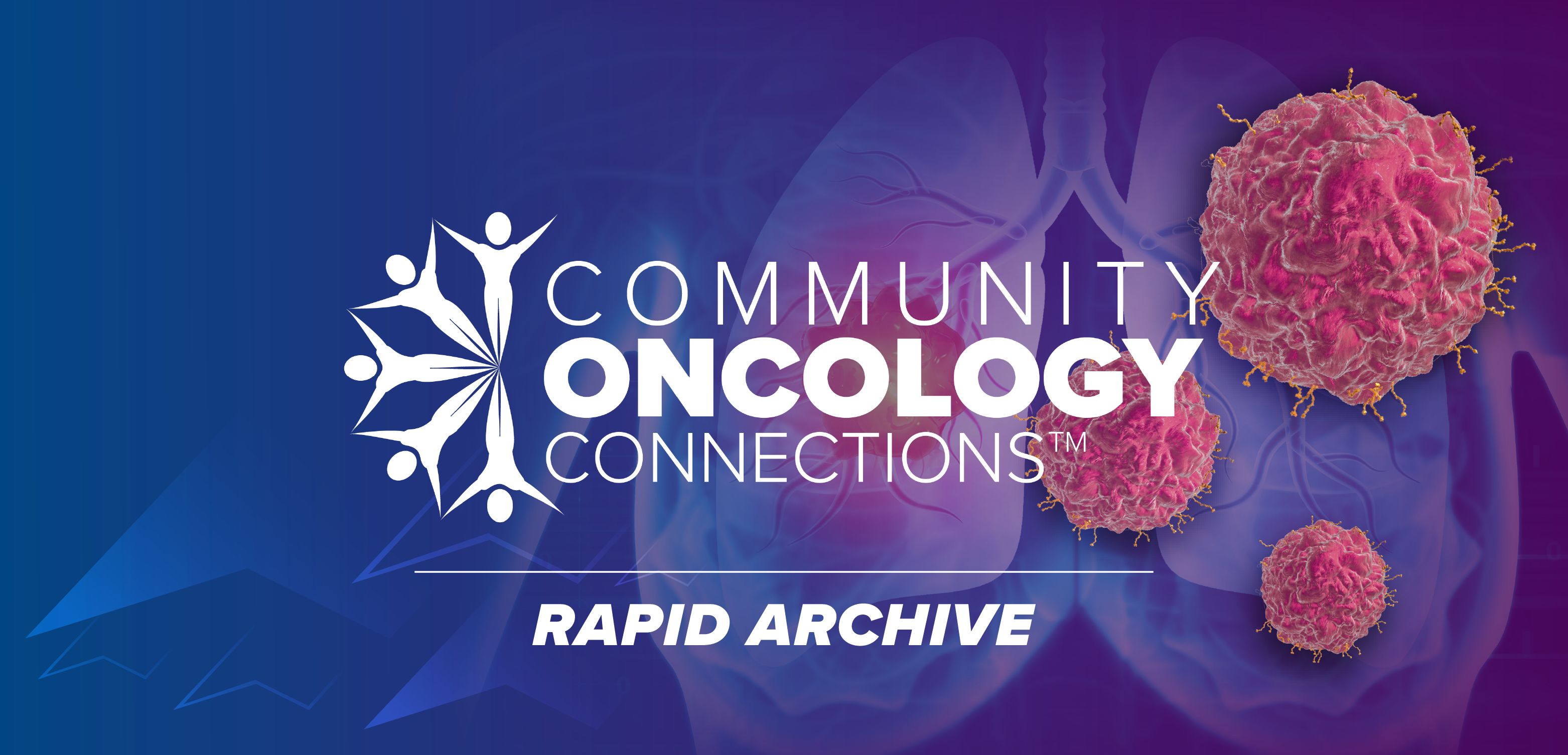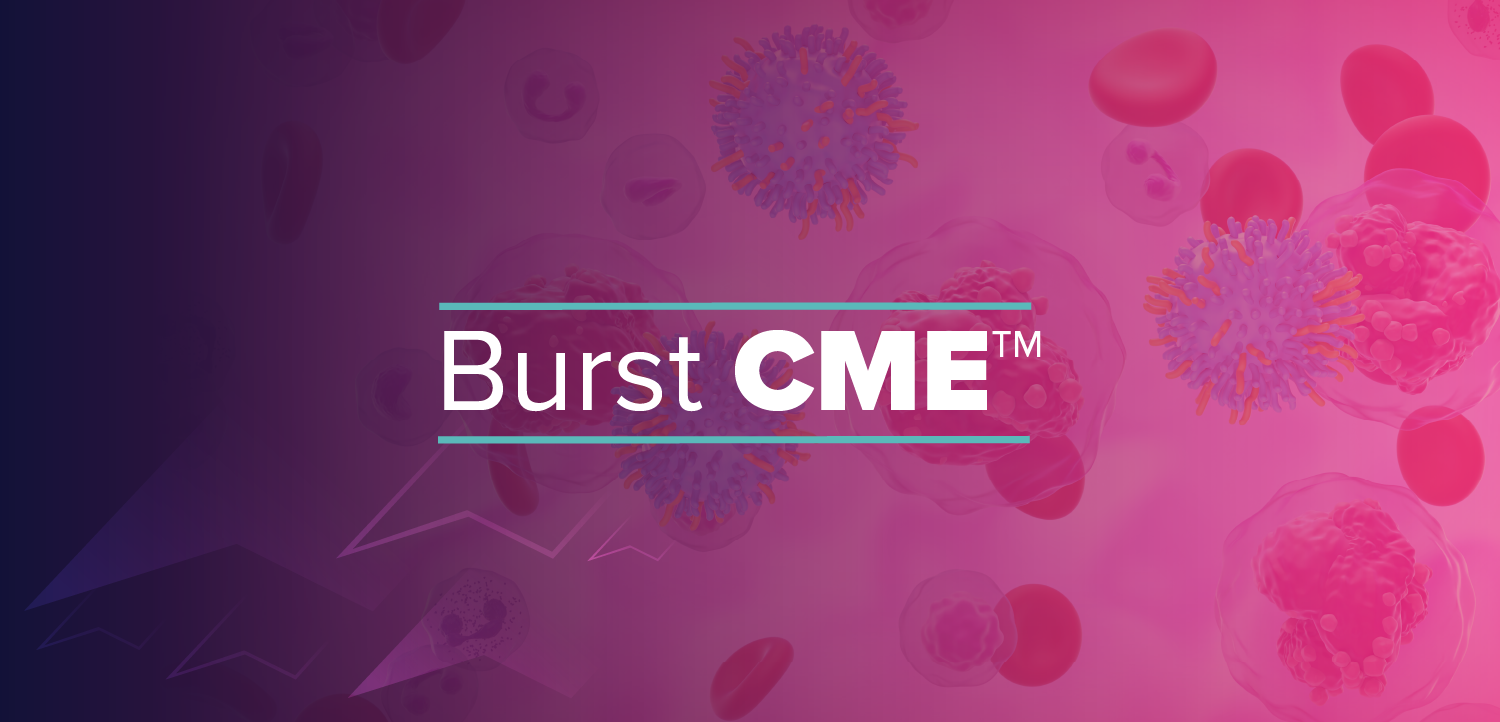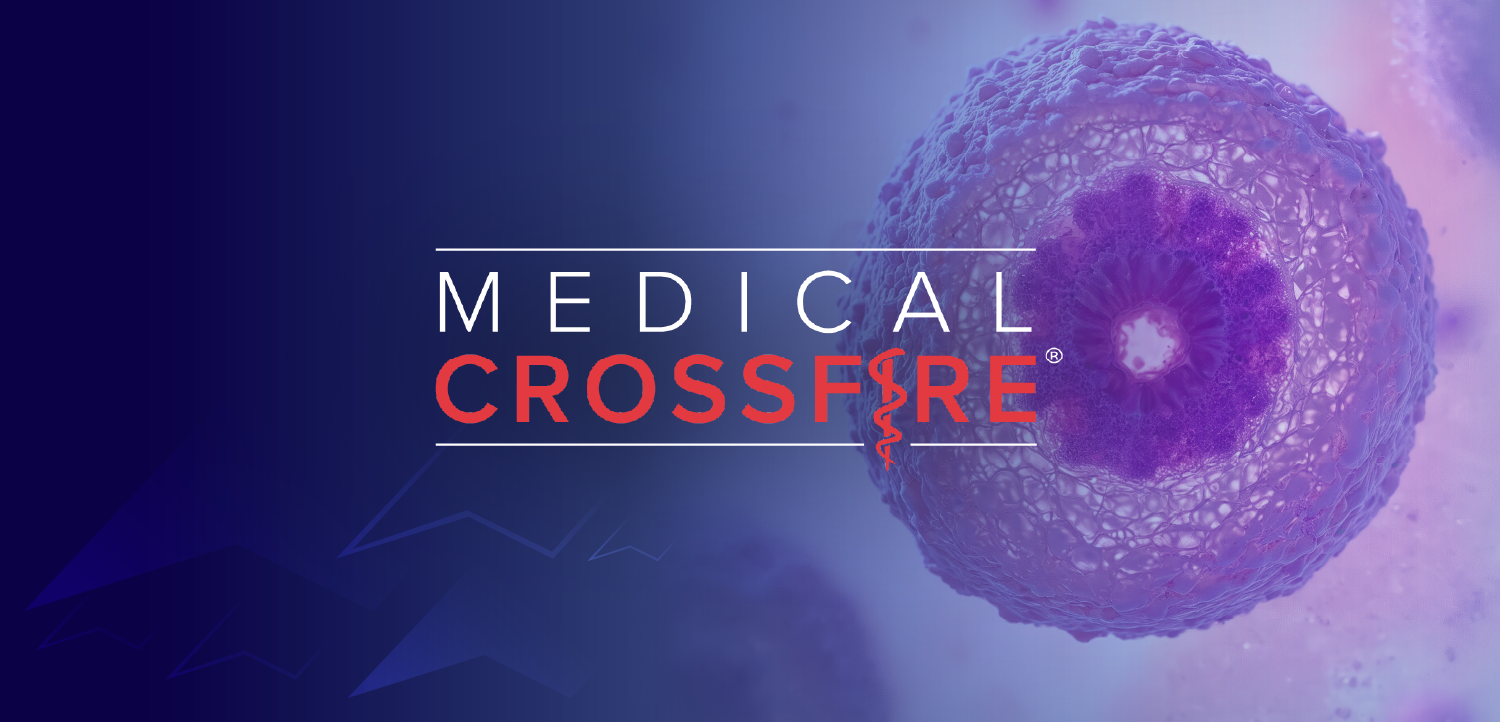
Expert Reports Increase in Early-Onset Cancer Due to Breast/Gyn Malignancies

Data from a study highlight that the breast cancer makes up the highest number of early-onset disease cases compared with other cancer types from 2010 to 2019, although overall cancer morality appears to have decreased.
Data from a study exploring a rise in early-onset cancer incidence from 2010 to 2019 indicated that breast cancer was particularly prevalent, according to Monique Gary, DO MSc, FACS, in a conversation with CancerNetwork®.
Findings from the study indicated that the number of female patients with early-onset cancer increased from 34,233 in 2010 to 35,721, representing an increase of 4.35% over this period. Moreover, while investigators observed the highest total of early-onset disease cases in the breast cancer population, Gary, a breast surgeon and medical director at Grand View Health, noted that overall cancer mortality appeared to decrease, which warrants additional research.
Data from the study also highlighted that 12,649 patients were diagnosed with early-onset breast cancer in 2019, which was the highest incidence of early-onset disease compared with other cancer types in that year. Additionally, investigators observed that early-onset breast cancer cases increased by 7.70% from 2010 to 2019.
Transcript:
The study looked at over 500,000 individuals from 2010 to 2019. What they found was that the increase in cancer in younger individuals is being driven by cancers in women and adults in their 30s. When we say cancer in women, we particularly [mean] breast and gynecologic cancers like uterine cancers. There were 34,233, early-onset cancers in women in 2010 and 35,721 in 2019; that increase was about 4.35% or so. While breast cancer showed the highest total of all the cases among the early onset [population], it’s an interesting juxtaposition because we’re also noting that there’s a decrease in overall cancer mortality. That’s something that we need to look into a little bit further.
Reference
Koh B, Hao Tan DJ, Ng HN, et al. Patterns in cancer incidence among people younger than 50 years in the US, 2010 to 2019. JAMA Netw Open. 2023;6(8):e2328171. doi:10.1001/jamanetworkopen.2023.28171
Newsletter
Stay up to date on recent advances in the multidisciplinary approach to cancer.


